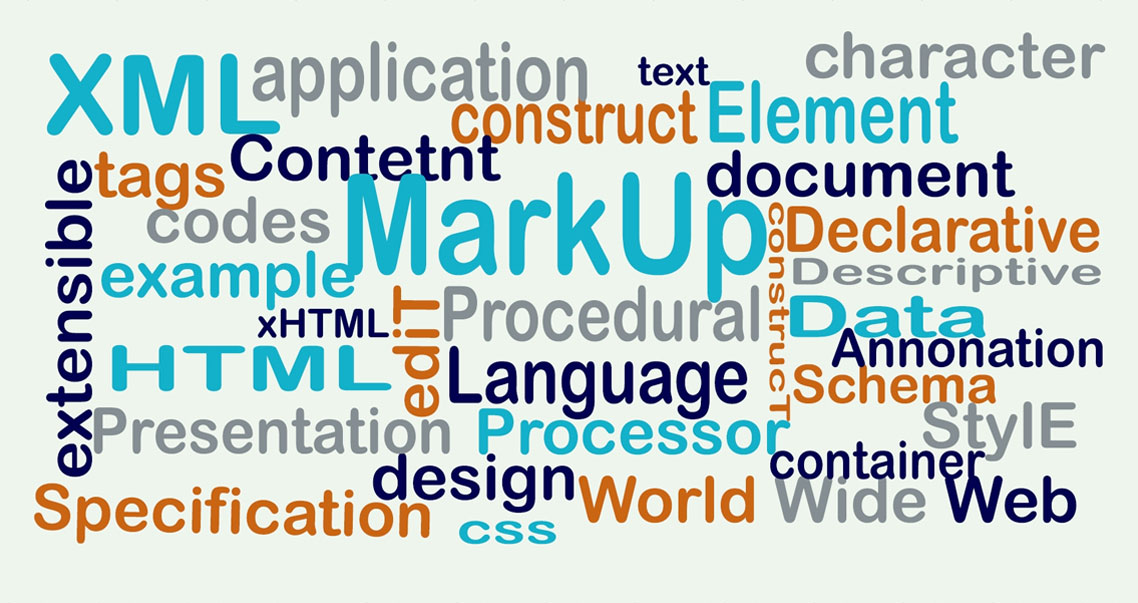Markup languages are designed to process, define, and present text. The language specifies the code for data formatting, both the layout and style within a text file.
These languages use tags or annotations to define elements, structure, and presentation, enabling browsers or software to interpret and render the content correctly. Common markup languages include HTML (HyperText Markup Language), XML (eXtensible Markup Language), and SGML (Standard Generalized Markup Language). HTML is primarily used for creating web pages, defining elements like headings, paragraphs, links, and images. XML, on the other hand, is used for storing and transporting data, with a focus on simplicity and flexibility.
Markup languages are essential in separating content from presentation, allowing designers and developers to update the style without altering the core content. This separation ensures better maintainability, scalability, and adaptability, making markup languages a foundational technology for modern web development and digital publishing.
The code used to specify the data formatting is known as tags.
Some other major markup languages include:
(1) Standard Generalized Markup Language (SGML)
(2) Hypertext Markup Language (HTML)
(3) Extensible Markup Language (XML)
(4) Generalized Markup Language (GML)
(5) LaTex
Standard Generalized Markup Language (SGML)
SGML is a metalanguage, created by IBM and standardized in 1986 by ISO.
It is used to create other languages including HTML& XHTML.
It is one of the most powerful languages that describe document information which seems very difficult to learn.
Let’s look up to three mostly used markup languages :
HTML — Hyper Text Markup Language
You got it! Here’s the text rewritten in a friendlier tone:
Hey there! HTML is like the superhero language of web developers. It’s the go-to for crafting how images, videos, and text appear on web browsers. With its cool elements, it brings that interactive spark to your web documents enabling structured layouts, embedding multimedia, creating hyperlinks, and supporting forms for user interaction seamlessly across different devices.
HTML is the OG markup language, based on SGML. It uses tags to give structure to your content, all wrapped up in those < and > characters , defining elements like headings, paragraphs, lists, images, and links. This structured approach ensures consistent rendering across browsers, making content accessible and visually organized for users.
And hey, have you heard about HTML5? Get ready-made HTML templates with an exquisite template for several websites by ThemetechMount.
EXML — Extensible Markup Language
The Extensible Markup Language is the language that another version of HTML is based on Standard Generalized Markup Language (SGML). . It is designed to store and transport data, focusing on simplicity, generality, and usability across different systems. Unlike HTML, XML doesn’t dictate how data should look but rather emphasizes its structure, making it ideal for sharing information between diverse platforms and applications.
It is less strict than SGML and more strict than plain HTML. XML provides the extensibility to create the various languages enabling customized data structures for diverse applications and industries.
XHTML — Extended Hyper Text Markup Language
There are not a lot of major differences between HTML and XHTML, but some of them are listed below for better understanding.
XHTML is written in lowercase. While HTML tags can be written in UPPER case, mixed case, or lowercase.
All XHTML elements must have an end tag. Elements with only one tag, such as and need a closing slash (/) at the end of the tag.
XHTML requires that tags are nested correctly. If you open a bold (<b>) element and then an italics (<i>) element, you must close the italics element (</i>) first and then close the bold (</b>).
To get exciting templates for your different kinds of businesses check out Our collection.

It’s awesome designed for me to have a site, which is beneficial designed for my knowledge.
thanks admin